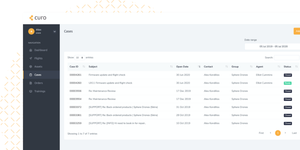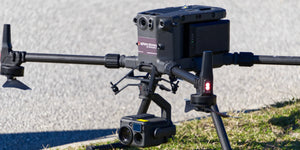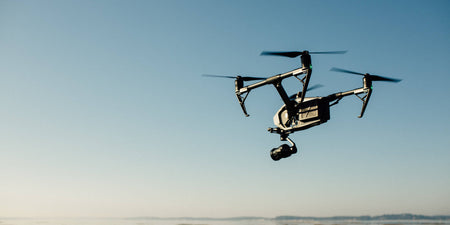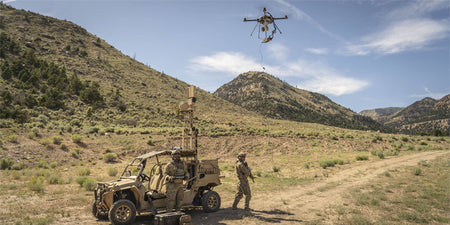Completing inspection with drones brings a number of benefits, including increased safety, reduced costs, and reaching inaccessible areas, over manual methods, making it one of the most popular drone applications to date.
The history of inspection drones
Similarly, to detection, inspections using drones first came about when people started putting cameras on drones. Overtime inspection payloads have progressed to include thermal cameras and LiDAR scanners to compliment the standard RGB camera.
In that time, the drones also evolved into more fit-for-purpose solutions with additions like circular cages to prevent crashes when inspecting confined spaces.
Inspection drones in Australia: use cases (air, land, water)
Drones used in inspections cover many industries thanks to the above-mentioned benefits. As a result of this there are a limitless number of use cases across air, land, and water. Below are a few of the top inspection use cases.
- Conveyor Belt Inspection
- Water-based Biosecurity
- Port Inspections
- Reservoir Inspections
- Ground-based Interactive Inspection
- Ground-based Site Documentation
- Ground-based Thermal Inspection
- Solar Panel Inspection
- Hull Inspections
The future of inspection drones
As the benefits of drones used in inspection continue to make themselves known more companies will begin using them. The deduction in inspection costs and time, increased safety for the team, and the ability to inspect areas never seen before will play a massive role in this.
Image via Flyability

























